Purva Karma
Purva karma includes two preparatory procedures before the main panchakarma procedures. These therapies are used to dislodge the toxins from the inner sites and help them in eliminating by the main 5-panchakarma procedures. These are snehan (oleation) and swedana (steam therapy).
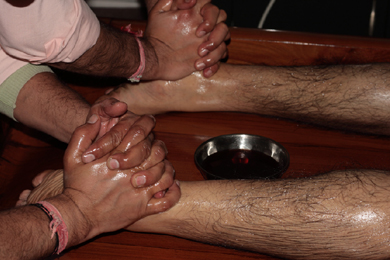
Snehana
This therapy employs administration of medicated oils either internally or externally. There are various types of external application of the medicated oils, depending on the parts of the body involved and type of the massage performed.
Read More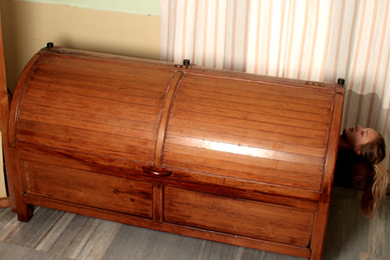
Swedan
Swedan (Herbal Fomentation) – This refers to the remedy that involves application of heat in various ways to make the patient sweat. It is second major form of the preparatory procedures.
Read MorePradhan Karma
Pradhana karma following snehana and swedana, the aama (toxins) come into the koshtha (gastrointestinal system) from where these can be eliminated by main panchakarma procedures, i.e, vamana, virechana, anuvasana basti, niruha basti and nasya. Vamana is a medicated emesis therapy, which specially cleans kapha toxins collected in the body and decongests the respiratory tract. In preparing for vamana, one sets up the conditions in which it can occur spontaneously. Various Ayurvedic decoctions are used for inducing vomiting. Whole procedure is performed cautiously under the supervision of physician with proper care.

Anuvasana Basti
Anuvasana basti is primarily oil based and is meant to be building and nourishing. It is a cleansing as well as nourishing enema.
Read More
Niruha Basti
Niruha Basti, which is primarily decoctions predominant enema and various kind of herbal decoctions are used for the treatments. It is more cleansing in nature.
Read More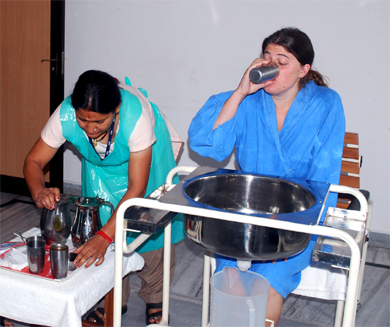
Vamana
Vamana is a medicated emesis therapy, which specially cleans kapha toxins collected in the body and decongests the respiratory tract.
Read More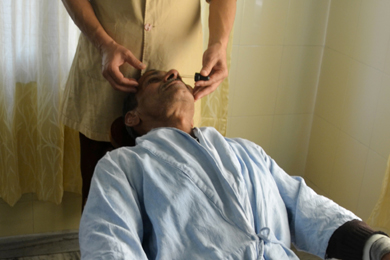
Nasya
Administration of medicated oil through the nose is called Nasya. Nasya is particularly useful in the treatment of diseases occurring in the organs situated above the clavicle.
Read More
Virechana
It removes accumulated pitta toxins from the liver, gall bladder and small intestine and cleanses the gastro-intestinal tract.
Read MorePaschat Karma
After completion of the panchakarma, it is necessary to follow a particular procedure called sansarjan karma. Sansarjan means regeneration and karma means procedure. During the panchakarma procedure, the patient is on a strict diet regime. The aim of sansarjan karma is to gradually bring the patient's back to the normal diet.
It includes gradually increasing the diet of the patient from liquids to semi-solid to normal. Normally, sansarjan karma lasts for about 7 to 10 days. It is done to boost the effectiveness of panchakarma.
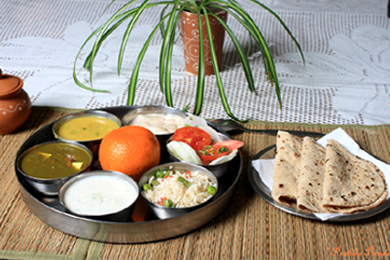
Diet and life style
In Ayurveda diet has been given extreme importance and dietary consideration is an important component of every prescription. After panchakarma special dietary advises are given to the patient to increase the strength
Read More
